What is the Best Option to Extinguish My Credit Card Debt?
This calculator helps you assess the best option for paying off your credit card debt.
Americans now have $784 billion in credit card debt. The average American holds $5,700 in credit card debt, and if you look only at those who are indebted, this number climbs to $16,883. 38.1% of Americans carry some credit card over from month to month. Credit card debt is the 3rd largest source of indebtedness, behind only mortgages and student loans.
Since most credit cards carry interest rates in the high teens, consumers should do whatever they can to extinguish this debt each month by paying their full outstanding balance. However, in some cases this isn’t possible. There are a variety of approaches consumers take to extinguishing this debt over time. Some consumers pay the minimum amount each month, and avoid accruing any new charges on their card(s). Others budget a fixed monthly payment amount per month that they can afford – one that is higher than the minimum amount required. Still others target paying off their debt over a fixed amount of time.
To help you determine which of these approaches is preferred, use the Extinguish Credit Card Debt Calculator below. While this will provide some general direction, it is always wise to seek advice from a professional financial advisor to make a final decision as to which is the best option for you.
QUESTIONS & ANSWERS - COMPLIMENTS OF CONSUMER FINANCIAL PROTECTION BUREAU (CLICK FOR ANSWERS)
What is a credit card interest rate? What does APR mean?
What is the difference between a fixed APR and a variable APR?
How can I safely consolidate my credit card debt?
What should I do if I can’t pay my credit card bills?
What is a "daily periodic rate?
I can’t figure out how they calculated the amount of interest I owe. How does that work?
I noticed that the interest rate on my card went up last month without any notice. Can they do that?
